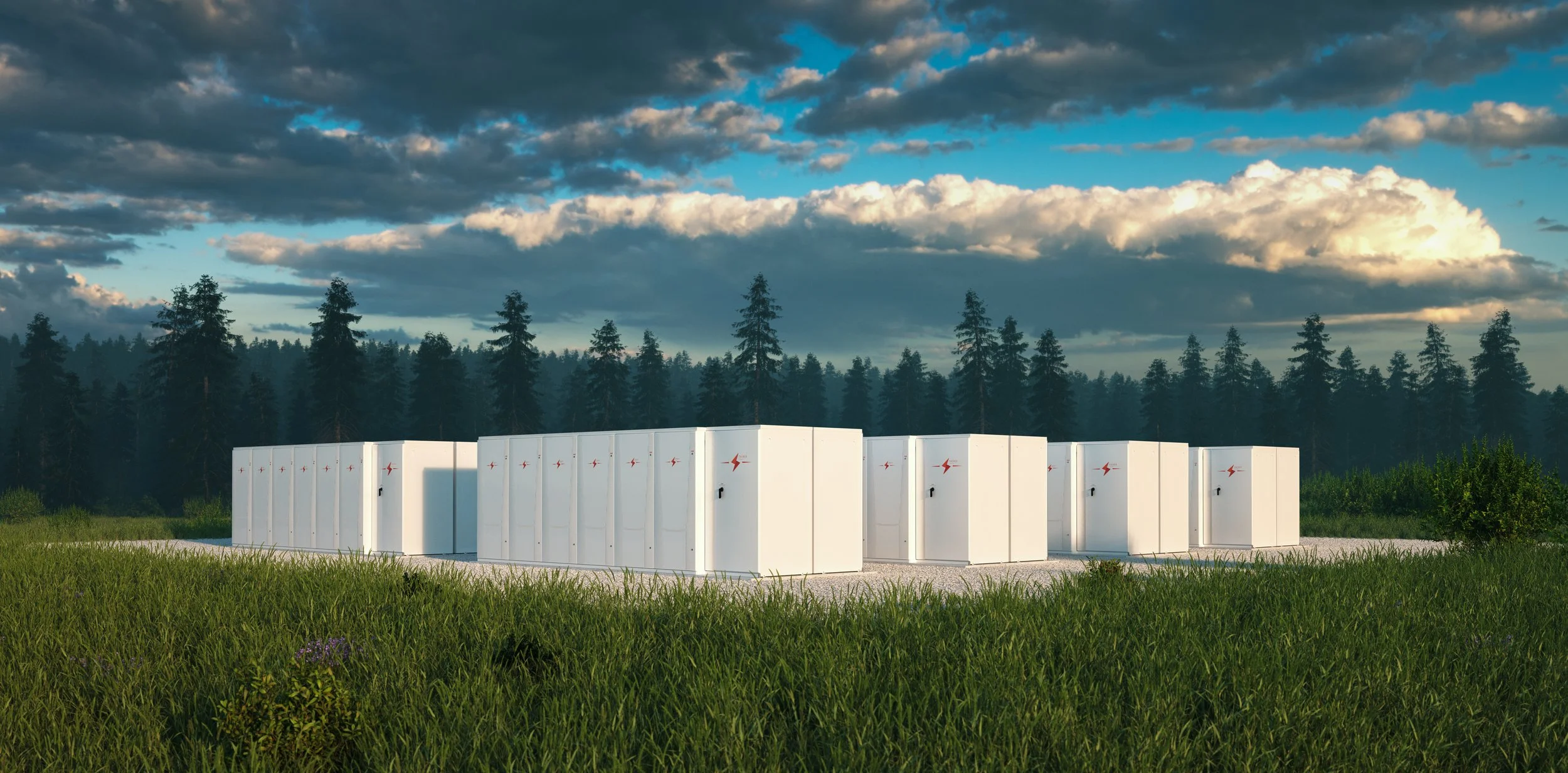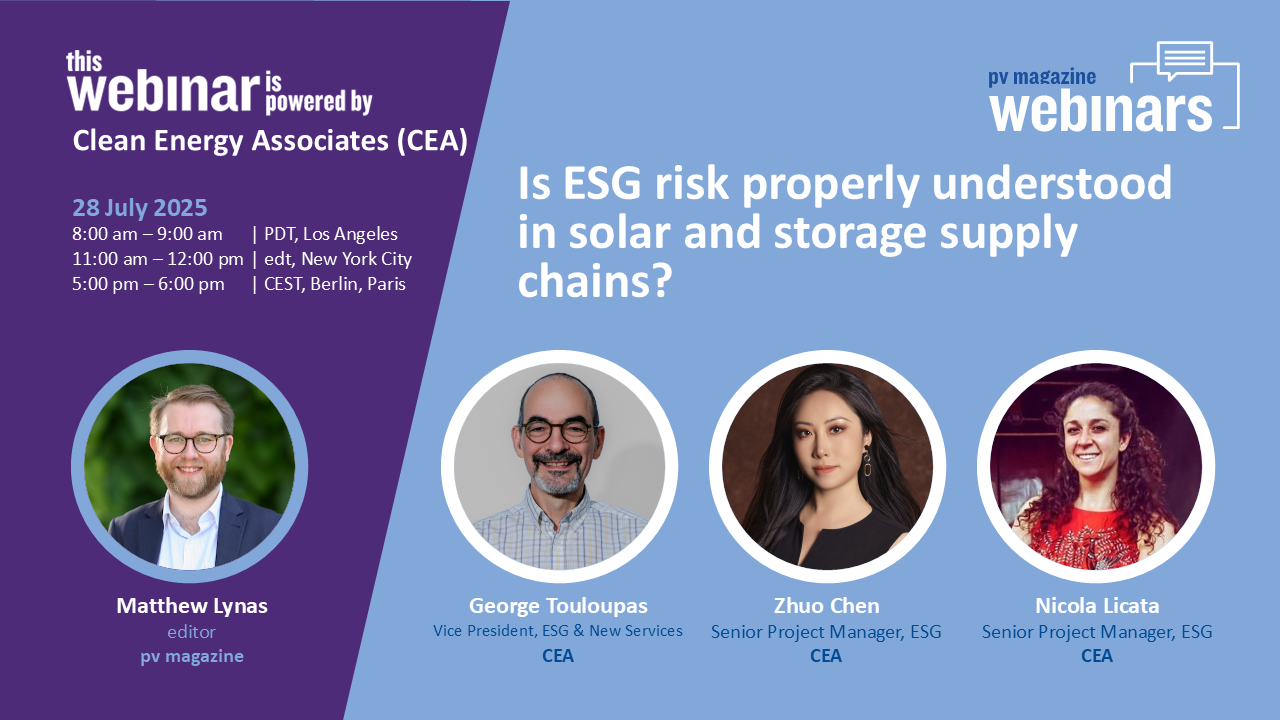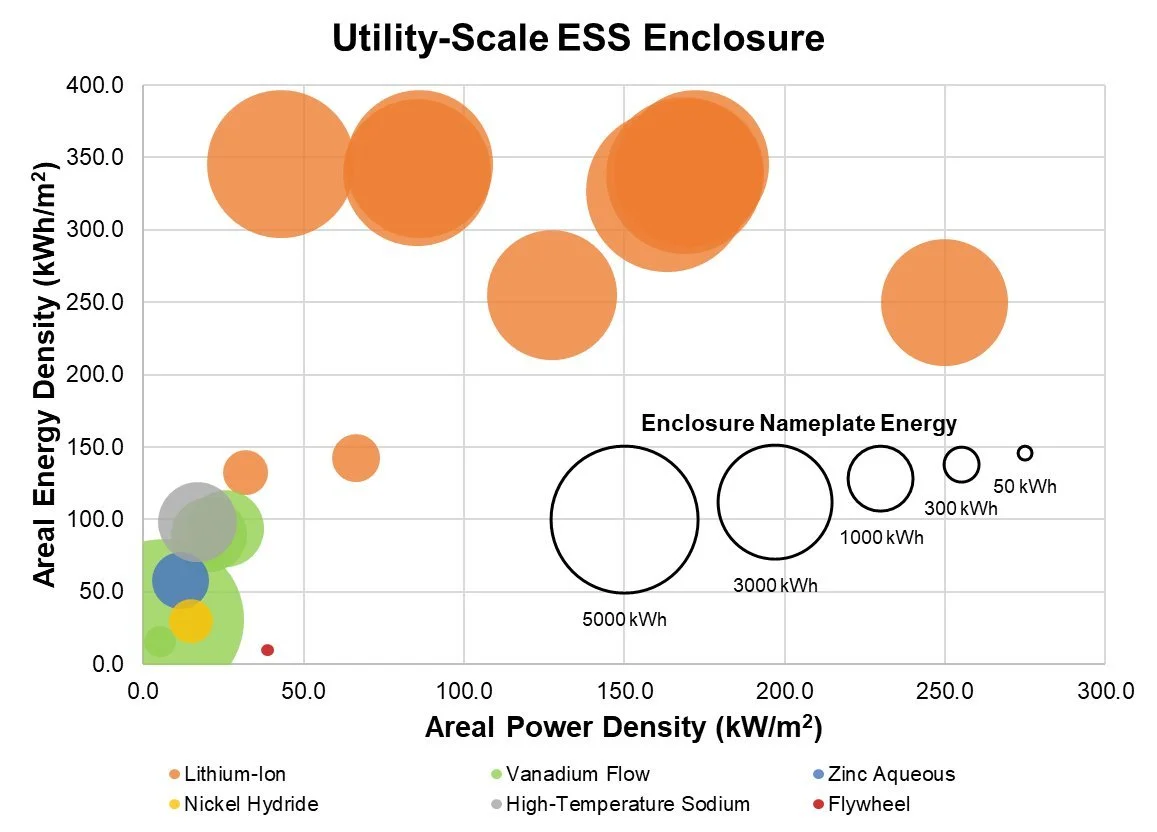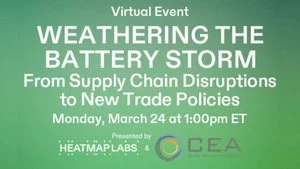Demand Diligence From Domestic Battery Integration
by Jeff Zwijack
This article was originally published in pv magazine - November 2025 Edition.
Tariffs continue to reshape the US storage market. Rising costs for overseas systems have created new incentives to integrate equipment domestically, and many developers are turning to US firms to assemble battery systems. Integration capacity can scale faster than battery cell manufacturing, but not without risk. Unlike cell plants, where automated processes keep variations in check, battery assembly and integration depends on people, as Jeff Zwijack from Intertek CEA explains.
Installing batteries requires detailed quality assurance, and should not be treated as ‘plug and play’, argues Intertek CEA’s Jeff Zwijack.
Every connection, seal, and installation step in battery manufacturing carries the chance of failure. Defects that begin on the factory floor quickly snowball into delays, disputes, and unexpected costs once equipment ships. The details vary, but the pattern remains consistent. Certain weak points show up again and again. More than ever, building a reliable energy storage project requires recognizing those weak points early on.
Intertek CEA inspectors have seen factory floors where coolant leaked from poorly fitted lines – a critical defect that halts production until it’s fixed. If those problems slip through to the field, they shorten system life and add major costs.
Factory inspections have discovered alarms wired so they never trigger, detectors left disconnected, and suppression equipment installed in ways that would not activate in an emergency. These aren’t minor oversights. When they reach deployment, they create safety hazards and erode investor confidence.
Doors that don’t close, seals that fail, insulation gaps, and water ingress all compromise performance. Intertek CEA has seen containers arrive on site with the doors jammed shut – these kinds of basic failures are issues that should have been caught well before shipping.
Improper grounding and faulty auxiliary panels are common, and communication hardware sometimes fails to sync with controls. Factory acceptance testing should identify these before equipment leaves the factory. Intertek CEA’s 2024 quality assurance (QA) inspections back this up. Of all findings, 72% came at the system level, with the largest shares tied to fire detection and suppression, auxiliary circuits, and thermal management.
Timing is everything
“Weak finances make for weak promises”
Defects get more painful the longer they go undetected. Take a miswired alarm. If it’s caught in the factory, technicians can correct it in hours. If it surfaces in the field, projects may lose weeks waiting for replacement parts and crews. In the meantime, schedules slip, costs mount, and disputes flare.
That’s why quality assurance is so important. Factory audits, factory acceptance testing, and arrival inspections – each create opportunities to catch and address issues before they escalate. Just as importantly, they establish accountability irrespective of whether a defect rests with the integrator, the shipper, or the construction company installing the system at the project site. Skipping those steps leaves projects exposed not only to higher costs, but also to disputes over who must pay to fix them.
Intertek CEA has seen projects where systems left factories with fire suppression or cooling systems installed incorrectly. Once those flaws were discovered onsite, contractors had to tear into equipment, delaying commercial operation and straining relationships. The same problems, if caught earlier, could have been fixed quietly and cheaply.
What to ask
As new US integrators come online, developers face the challenge of working with partners they may not know well. Asking the right questions early on can make all the difference.
A warranty has value only if the company behind it still exists and remains strong enough to honor its commitments. Developers should ask whether warranties carry parent guarantees and whether the integrator has the balance sheet to back long-term obligations. Weak finances make for weak promises.
Does the integrator maintain disciplined documentation? Does it follow consistent procedures across shifts? Does it track components with warehouse systems that ensure traceability? Without that level of maturity, variability creeps in – and variability leads to defects.
It’s also important to know who is actually doing the integration work. There have been cases where integrators subcontracted to firms with no prior experience in battery energy storage systems – some without even an ISO 9001 certification, the basic international standard for quality management systems. Developers should probe for that level of detail, because quality assurance depends on the people turning wrenches, not just the name on the contract.
Project developers should also push for proof of supplier diligence. They don’t need to conduct the checks themselves, but they should expect evidence that their integrator is qualifying suppliers with rigor. That means technical vetting as well as environmental, social, and governance and corporate social responsibility reviews.
Integrator diligence should be treated with the same seriousness as selecting module or inverter suppliers in solar. Independent QA reinforces that process. It not only catches defects but also improves integrator practices and reassures financiers who need confidence in long-term performance.
Risk vs. opportunity
Domestic integration brings both opportunity and risk. Tariffs have accelerated the shift, but quality practices will determine which projects succeed. Integration is not plug-and-play. It requires the same scrutiny as cells or modules. Developers and investors who treat QA as non-negotiable will avoid the most painful failures and protect bankability.
When safeguards fall short, defects that could have been corrected in the factory escalate into costly problems in the field. The opposite can also be true: QA catching issues before they leave the factory will help projects reach commercial operation on time. As US demand for battery energy storage continues its steep growth, the best path for battery energy storage integrators to become preferred providers seems clear – scale quickly, but scale with quality.
Jeff Zwijack is Intertek CEA’s Senior Manager for Energy Storage, helping buyers to choose the right suppliers and ensure product quality and safety. Zwijack previously started the application engineering and sales team at IHI Terrasun Solutions, where he helped to propose and design more than 11 GWh of energy storage system opportunities. He has helped to close more than 1 GWh of projects.






























